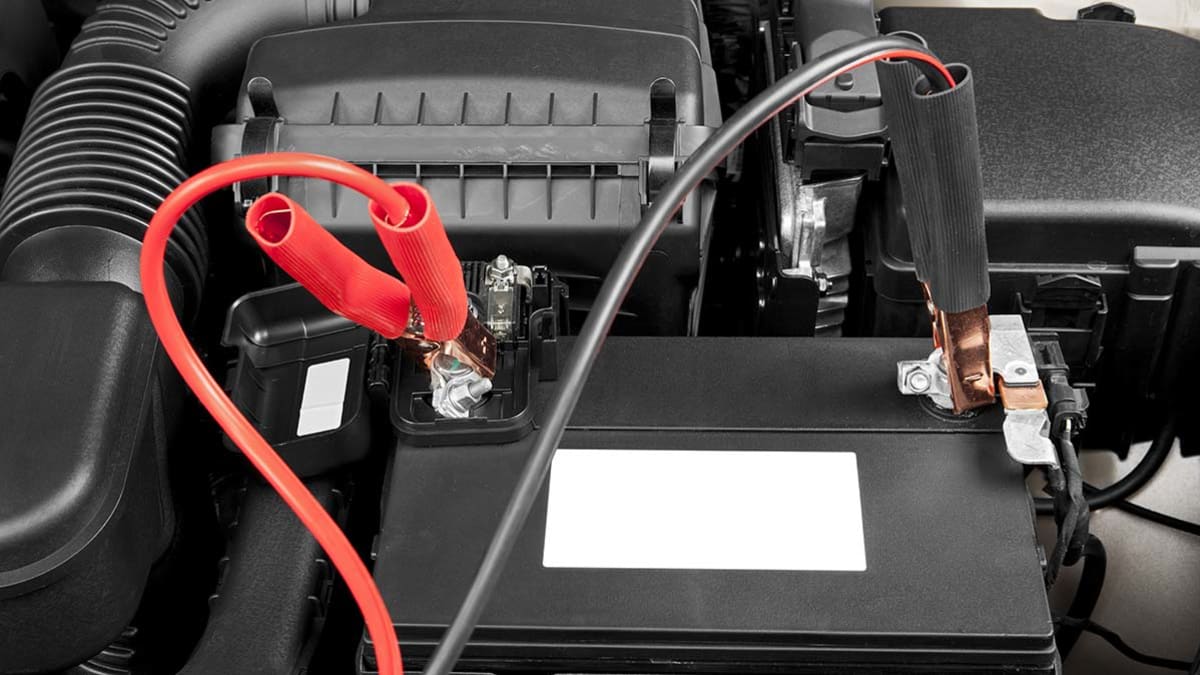Jump-starting a car used to be a simple affair, but since cars have become more complex there are new risks, and you should be cautious if you jump-start one on your own. Plus, you might want to think twice about asking a stranger for help.
“When a vehicle battery dies, most people immediately think to jump-start the battery using jumper cables and another vehicle. However, if proper steps are not taken, you can easily cause damage to the vehicle,” says David Bennett, AAA’s senior repair manager. “For example, attempting to jump-start a damaged or frozen battery could cause significant damage to the vehicle and, worse, individuals around the vehicle.”
Paolo Fu, Consumer Reports’ lead battery tester, says that you could fry a key electronic component by not following the proper procedures, and there are time-old concerns about sparks and battery acid. It’s best to ask a professional for help.
“Additionally, due to the electrical system’s complexity in the vehicle, following the proper procedures outlined in the owner’s manual is crucial to prevent hundreds or thousands of dollars in repairs,” says Bennett.
AAA service technicians are trained in battery technology and vehicle types. Plus, they can access an online database for the appropriate procedure based on the make, model, and engine. In cases where they can’t start the old battery, some carry replacements with them.
But some cars will need a trip to a dealer for a battery replacement because they require special computer resetting, says Paolo Fu, test project leader at Consumer Reports. If AAA can’t put a battery in, it can tow you to the dealer.
If you must jump-start your vehicle on your own, Consumer Reports’ chief mechanic, John Ibbotson, recommends following the owner’s manual to the letter. “These manuals spell out step-by-step instructions on the proper way to jump-start the car,” he says. “If in doubt, seek help.”
One option is keeping a portable jump-starter—essentially a paperback-sized backup battery—in your car. Jump-starters designed to tolerate 140-degree temperatures can be bought for under $100. They get your car going when the battery dies and also can be used to recharge phones, tablets, and other portable electronics. They will usually hold a charge for months, but to get the most out of one, periodically check its charge level. Be mindful when shopping to check for the maximum temperature, since leaving one in a car can mean exposing it to very high temps.
Remember that jumper cables usually have a set of clamps, one marked red for positive and the other black for negative. And battery terminals are usually marked with a + sign for the positive terminal and a – sign for negative. You might need to wipe off some grime to see them if your battery is dirty.
Source link
-
-
-
-
-
-
-
-
